Published Papers | Research Areas

In pursuit of ‘safe’ water: the burden of personal injury from water fetching in 21 low-income and middle-income countries
Vidya Venkataramanan, Jo-Anne L Geere, Benjamin Thomae, Justin Stoler, Paul R Hunter, Sera L Young, Household Water Insecurity Experiences Research Coordination Network (HWISE RCN)

Significance of Hyporheic Exchange for Predicting Microplastic Fate in Rivers
Jennifer D. Drummond, Holly A. Nel, Aaron I. Packman, and Stefan Krause
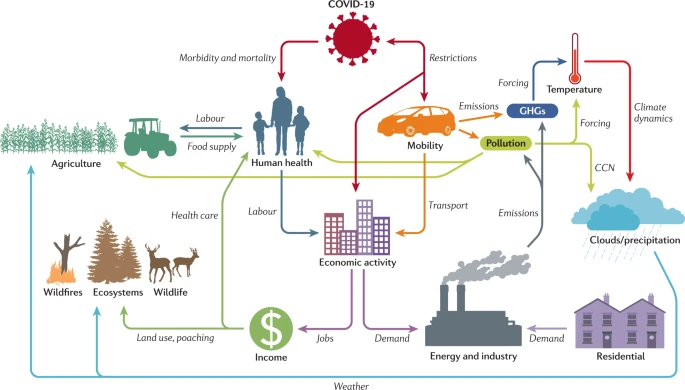
The COVID-19 lockdowns: a window into the Earth System
Noah S. Diffenbaugh, Christopher B. Field, Dan Horton, Gabrielle Wong-Parodi, et al.,
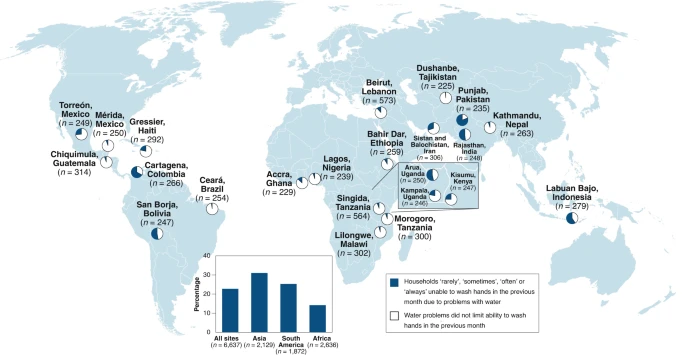
Water and Sanitation for all in a Pandemic
David M. Hannah, Iseult Lynch, Feng Mao, Joshua D. Miller, Sera L. Young & Stefan Krause
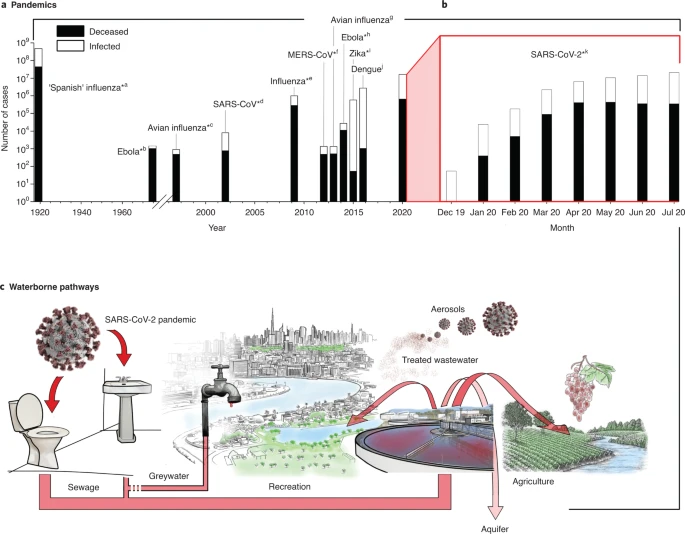
Rethinking wastewater risks and monitoring in light of the COVID-19 pandemic
Converging evidence from the current pandemic, previous outbreaks and controlled experiments indicates that SARS-CoVs are present in wastewater for several days, leading to potential health risks via waterborne and aerosolized wastewater pathways.

Frost-free zone on macrotextured surfaces
Yuehan Yao, Tom Y. Zhao, Christian Machado, Emma Feldman, Neelesh A. Patankar, and Kyoo-Chul Park
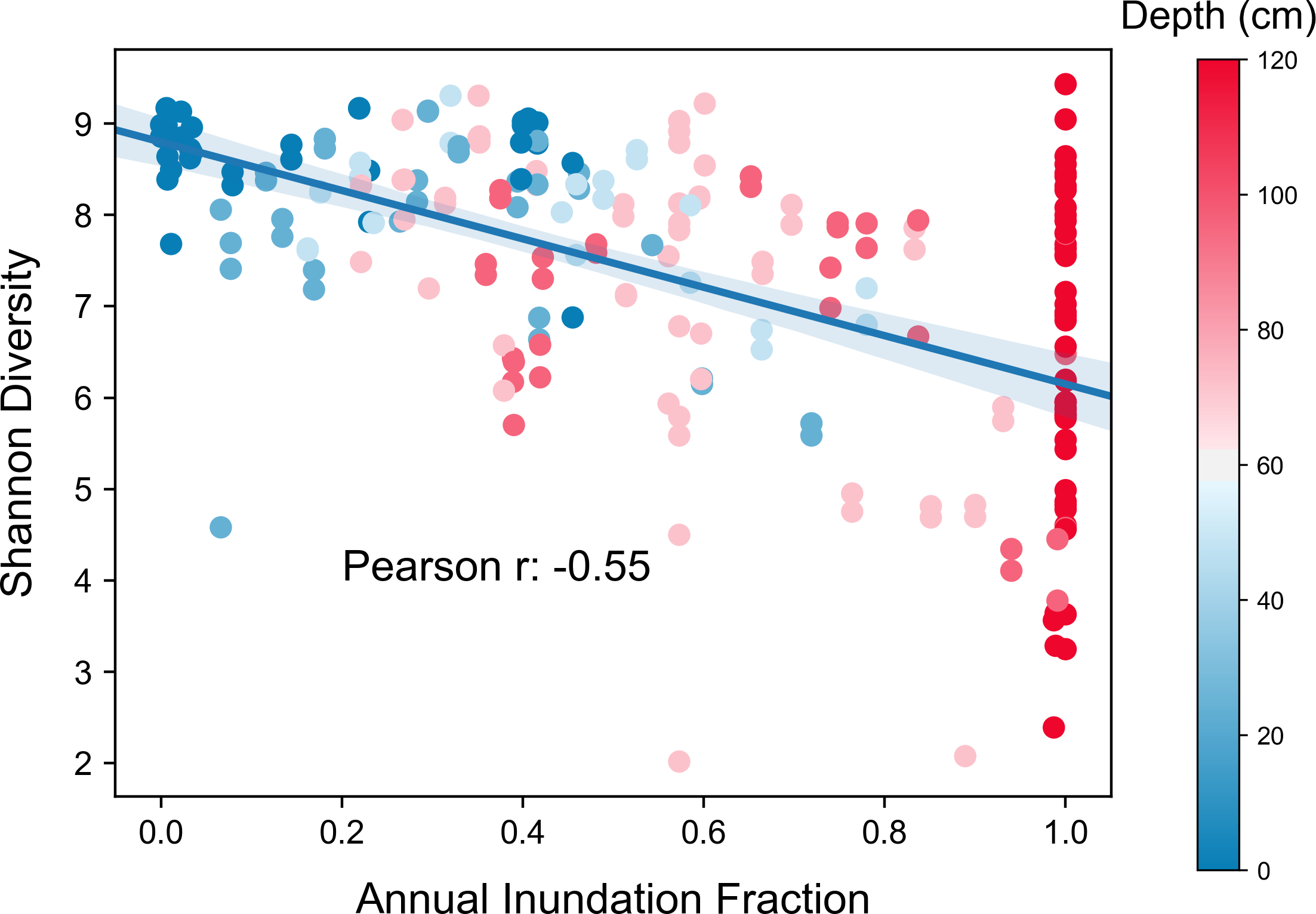
Soil hydrology drives ecological niche differentiation in a native prairie microbiome
James S Griffin, Loren A Haug, Vivien A Rivera, Liliana M Hernandez Gonzalez, John J Kelly, William M Miller, George F Wells, Aaron I Packman
*Editor’s Choice article for Issue 96-1 of FEMS Microbiology Ecology*

Energy conversion via metal nanolayers
Mavis D. Boamah, Emilie H. Lozier, Jeongmin Kim, Paul E. Ohno, Catherine E. Walker, Thomas F. Miller III, and Franz M. Geiger

A systematic review of the human health and social well-being outcomes of green infrastructure for stormwater and flood management
Vidya Venkataramanan, Aaron I. Packman, Daniel R. Peters, Denise Lopez,
David J. McCuskey, Robert I. McDonald, William M. Miller, Sera L. Young
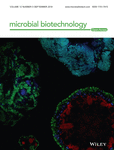
Viral composition and context in metagenomes from biofilm and suspended growth municipal wastewater treatment plants
Morgan L. Petrovich, Sarah Ben Maamar, Erica M. Hartmann, Brian T. Murphy, Rachel S. Poretsky, George F. Wells
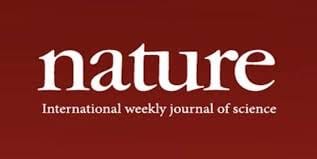
Rapid removal of organic micropollutants from water by a porous β-cyclodextrin polymer
Alaaeddin Alsbaiee, Brian J. Smith, Leilei Xiao, Yuhan Ling, Damian E. Helbling, and William R. Dichtel

β-Cyclodextrin Polymer Network Sequesters Perfluorooctanoic Acid at Environmentally Relevant Concentrations
Leilei Xiao, Yuhan Ling, Alaaeddin Alsbaiee, Chenjun Li, Damian E. Helbling, and William R. Dichtel
Research News
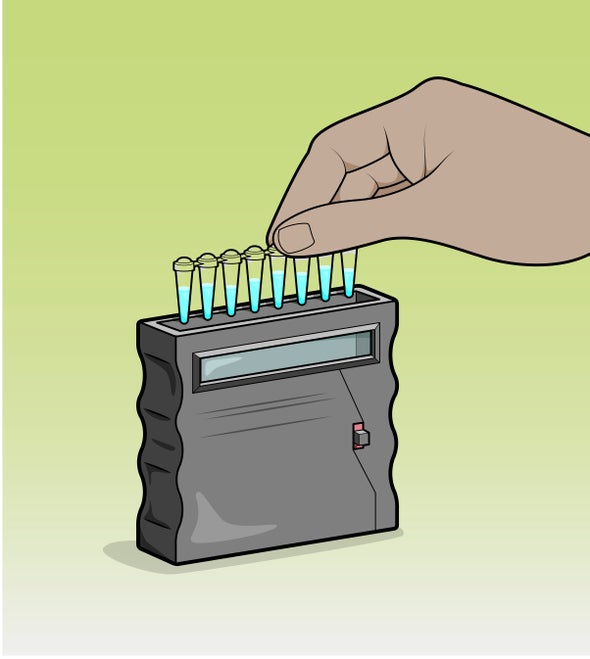
DNA Finds Pollutants in Green-Glowing Water Test
Pollution from industry, agricultural runoff, pharmaceuticals and other sources contaminates water around the world, and detecting it can be expensive and time-consuming. Now researchers have developed a quick, potentially inexpensive way to test for at least 16 dangerous contaminants, including lead, copper and antibiotics, according to a study published in Nature Biotechnology.
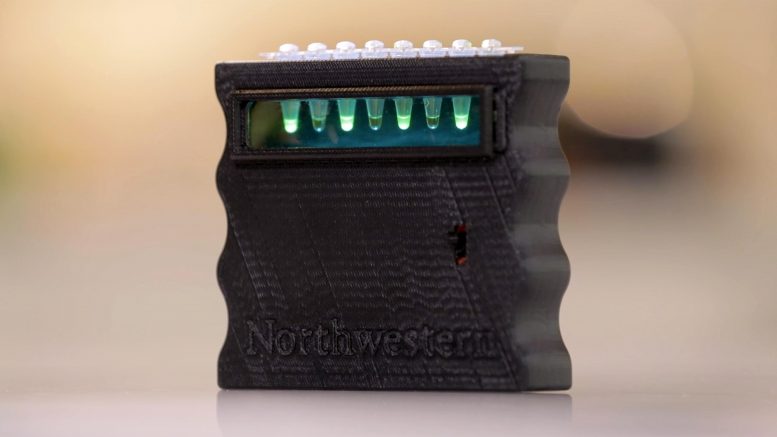
“Pregnancy Test for Water” Delivers Fast, Easy Results on Water Safety and Quality
Handheld platform technology uses a single sample to test for a variety of contaminants.
– New platform uses cell-free synthetic biology to test for 17 contaminants, including lead, copper, pharmaceuticals, and cosmetics
– Tests cost pennies to make and minutes to work
– Researchers tested the platform in Paradise, California, where wildfires caused toxins to enter the water supply

Researchers developing one-step COVID-19 diagnostic tool
Synthetic biologists at Northwestern University have received funding to develop an easy-to-use, quick-screen technology that can test for infectious diseases, including COVID-19.
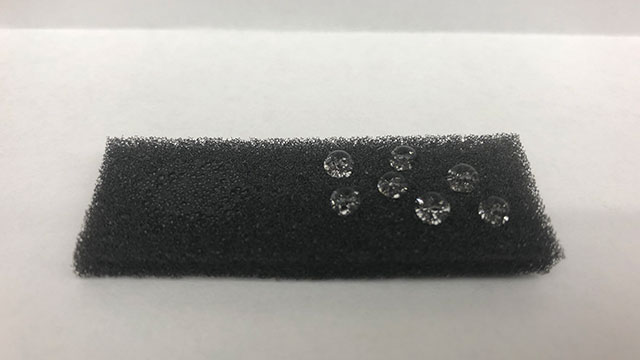
Smart sponge could clean up oil spills
With an ability to absorb more than 30 times its weight in oil, the sponge could be used to inexpensively and efficiently clean up oil spills without harming marine life. After squeezing the oil out of the sponge, it can be reused many dozens of times without losing its effectiveness.

Workshop Explores Potential of ‘Smart Sensors’ for Environmental Monitoring
More than three dozen researchers and scientists convened May 11-12 for the SAGE Community Workshop, a virtual event that discussed the latest advances on a Northwestern-led project to develop machine learning-based sensors for environmental monitoring.

Leaf-inspired surface prevents frost formation
Northwestern University researchers discovered a new way to significantly reduce frost formation on any surface. The finding could help decrease the amount of energy needed for de-frosting and could potentially result in fewer canceled flights, which can be grounded by even the slightest layer of frost.
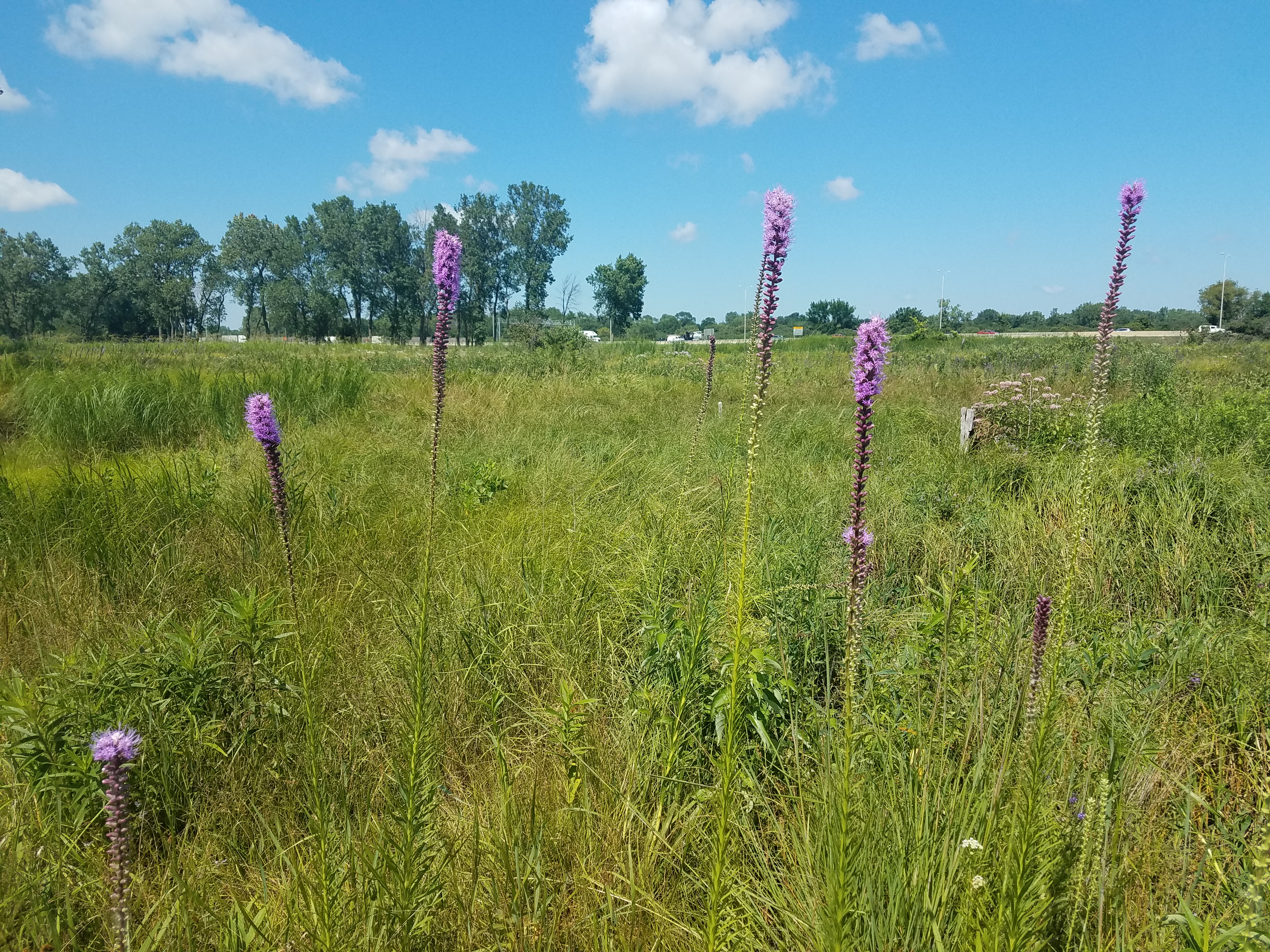
SOIL COMPOSITIONAL CHANGES INFLUENCE MICROBIOLOGY
Collaborative study selected as Editor’s Choice for FEMS Microbiology Ecology
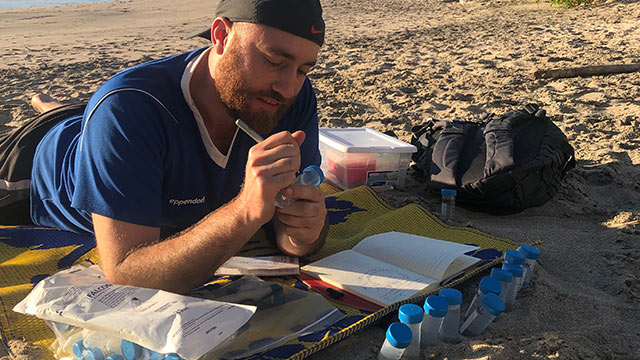
Simple test could prevent fluoride-related disease
The method uses synthetic biology to detect dangerous levels of fluoride in drinking water. Northwestern University synthetic biologists developed a simple, inexpensive new test that can detect dangerous levels of fluoride in drinking water.

Northwestern Postdoctoral Researcher Developing Sustainable Large River Management Tools for the World
Colin Phillips, a postdoctoral fellow in Northwestern’s Department of Civil and Environmental Engineering and a 2018 recipient of the NatureNet Fellowship from The Nature Conservancy, is developing models that could serve as management tools for river networks around the world.
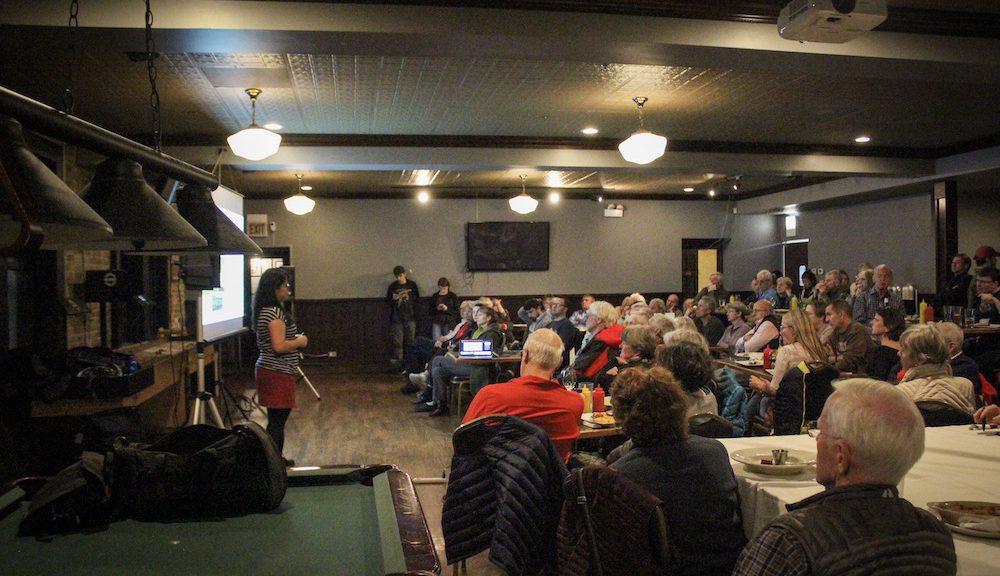
Northwestern University Researchers Offer Innovative Solutions for Chicago's Growing Climate Challenge
Recently Northwestern’s Climate Change Research Group leader Daniel Horton and Irene Crisologo presented SAVEUR’s climate action plan to Evanston area residents. An audience of more than 75 people learned about their plan and why it’s critically urgent.

Depth Exhibit premieres at the Michigan Science Center
This exhibit showcases vignettes (stories, images, video) of the everyday realities of water insecurity and its consequences from Bolivia, Kenya, Uganda, Brazil, and Ghana, from the perspectives of children, women, and young adults.

From materials to market
The entrepreneurs behind NanoGraf Corporation reveal how they built an international company around a Northwestern battery technology

Argonne-led Center Receives Award for Pivotal Discovery in Battery Technology
Northwestern’s partnership with Center for Electrochemical Energy Science at Argonne National Laboratory wins Ten at Ten award from Department of Energy

Researchers produce electricity by flowing water over extremely thin layers of metal
These films represent an entirely new way of generating electricity and could be used to develop new forms of sustainable power production.

Predicting the Flow of Microplastics Through Waterways
Taking a multidisciplinary approach to plastics, the program focuses on three intersecting research areas: materials and product innovation; air, land and water ecosystem dynamics; and public health impacts. Packman’s research centers primarily around plastics in water ecosystems.

Systems Approaches for Vulnerable Evaluation and Urban Resilience (SAVEUR)
SAVEUR will combine natural science, social science, data science and engineering to not only more accurately predict weather events such as heat waves, air quality and flooding, but also assess vulnerabilities within neighborhoods and cities and propose sustainable, adaptive infrastructure changes.
Projects
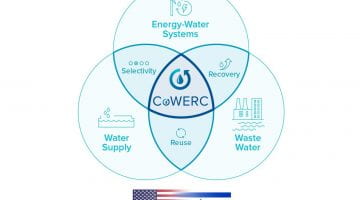
Israel-U.S. Collaborative Water-Energy Research Center
The Israel-US Collaborative Water-Energy Research Center (Israel-US CoWERC) will evaluate, develop, and demonstrate new technologies to solve critical challenges at the energy-water nexus. Funded by the U.S.-Israel Binational Industrial Research and Development (BIRD) Foundation.
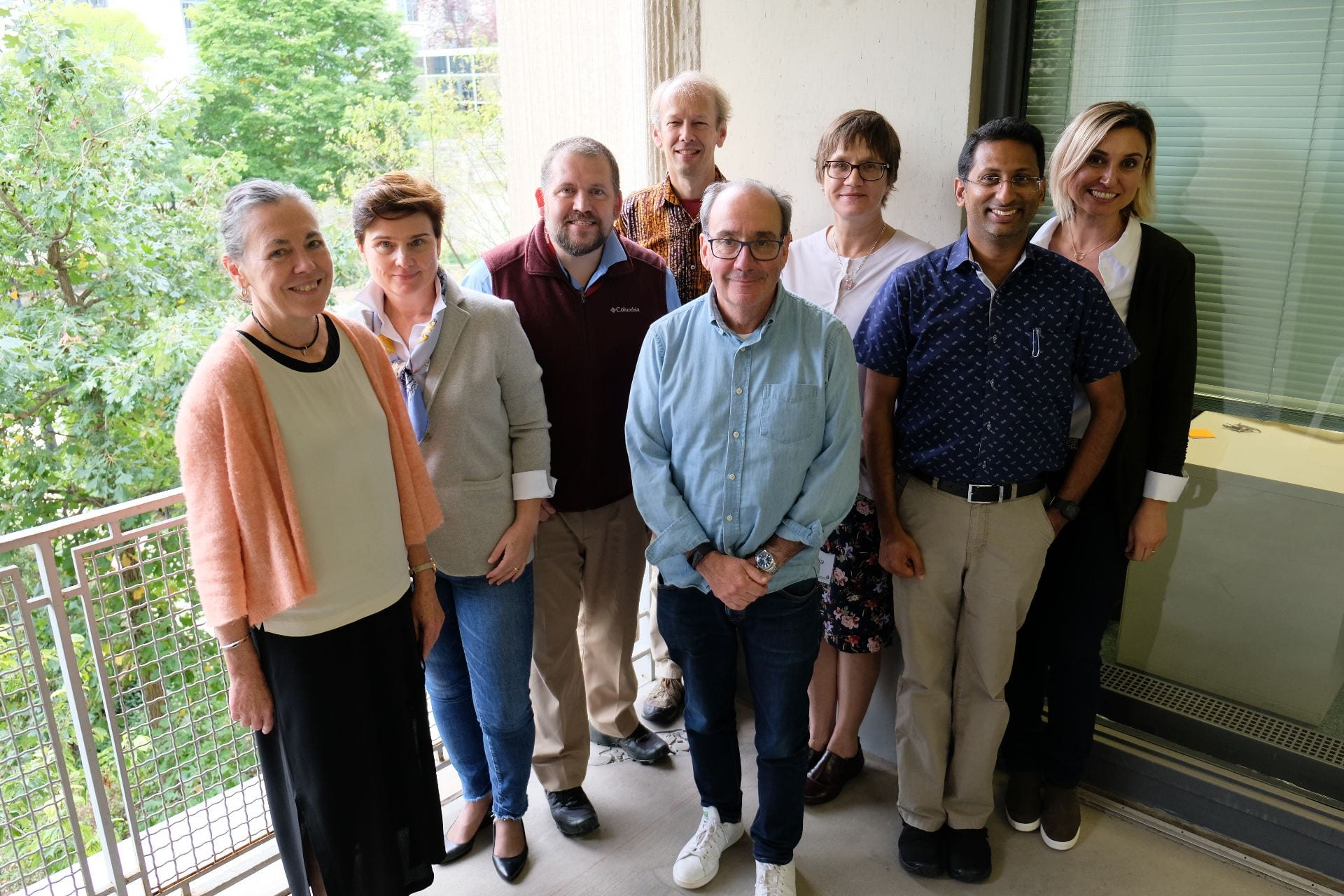
Sage
Led by investigators at the Northwestern-Argonne Institute of Science and Engineering, researchers are designing a smart new way to monitor our surroundings, from natural ecosystems to urban infrastructure. Funded by the National Science Foundation
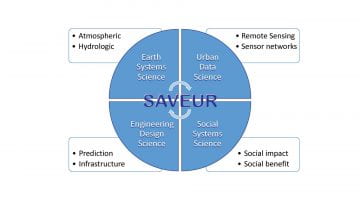
SAVEUR Project Factsheet
The SAVEUR Project combines natural science, social science, data science and engineering to more accurately predict the impacts of weather events such as heat waves, air quality and flooding in Chicago. Funded by the National Science Foundation

Indian Boundary Prairies
Technology Revolutionizes Stormwater Study at Indian Boundary Prairies

HWISE – RCN
Household Water Insecurity Experiences (HWISE) – Research Coordination Network (RCN). Funded by the National Science Foundation

People, Stormwater Flooding, and the Impacts of Climate Change in Chicago
Postdoctoral fellow Vidya Venkataramanan receives NatureNet Grant to conduct research on urban flooding and community perceptions of green spaces. NatureNet Science Fellows Program

Chicago Prototype Coronavirus Assessment Network Node (PCANN))
The Chicago Prototype Coronavirus Assessment Network Node looks to create a Chicago-based wastewater surveillance system for SARS-CoV-2, the virus that causes COVID-19. The system would provide a non-invasive and cost-effective way to examine community spread of the virus.
